Take a look at your organization’s budget, where is your money going? To expenses, to stay afloat, buying capital equipment? While companies today are constantly striving to improve productivity and profitability they focus exclusively on the process and materials and forget that it’s their engaged employees that can make or break the bottom line. The truth is that your employees are your most underutilized resource. The problem is, many organizations see employee training/development as an expense rather than an investment.
Successful companies are realizing they cannot afford to not invest in their staff, their most valuable asset. Research on the return on investment (ROI) for training is that successful companies are not just looking at employee development as an expenditure on the books, but as an asset expected to generate income. According to the ASTD (American Society for Training & Development) leading-edge companies are spending between $900 and $1500 per employee per year on staff development, which can equate to one to three percent of their total payroll.
They are using training not as an event, but as an investment in the company and employee’s future. This means creating programs and initiatives clearly linked to the Strategic Plan and business objectives which can then be measured against original metrics. Makes sense, doesn’t it? Smart managers are tying every development opportunity directly back to the company’s vision/mission. This way, the employee knows that every daily action plan they have, every training/mentoring session, and every on-line course they take helps the company get to where they need to go.
Here are a few things to think about prior to investing in your most valuable asset:
- Ensure that you are lining the employee’s development up with your organization’s Strategic Plan, your departmental goals, and the goals of the employee’s position and strengths. Development of any kind will will be most effective if it adds momentum to the direction the organization is going!
- Establish development outcomes for the employee. Once you have chosen the development path make sure you have communicated to the employee the importance of their engagement, why they were asked to participate, and what is expected of them after the training/development. If they understand these items from the beginning, it will make it easier for them to apply the knowledge and tools.
- Follow up. You should have a system in place to determine if the employee is actually applying the knowledge and skills. If you are really expecting a change, you need to hold the employee accountable for using the new skill/knowledge.
Employees want to be invested in, just ask them. They want to feel valued, have challenging and exciting work, a great boss, and fair compensation. Is that too much to ask? According to Work Institutes 2020 Retention Report, 78% of the reasons employees quit could have been prevented by the employer with the largest segment being Lack of Career Development & Training.
Keep the good employees you have and attract the ones you want. Show that you really consider them an asset by investing in their personal and overall development. You will be surprised by the payback in efficiency, moral and your bottom line.

